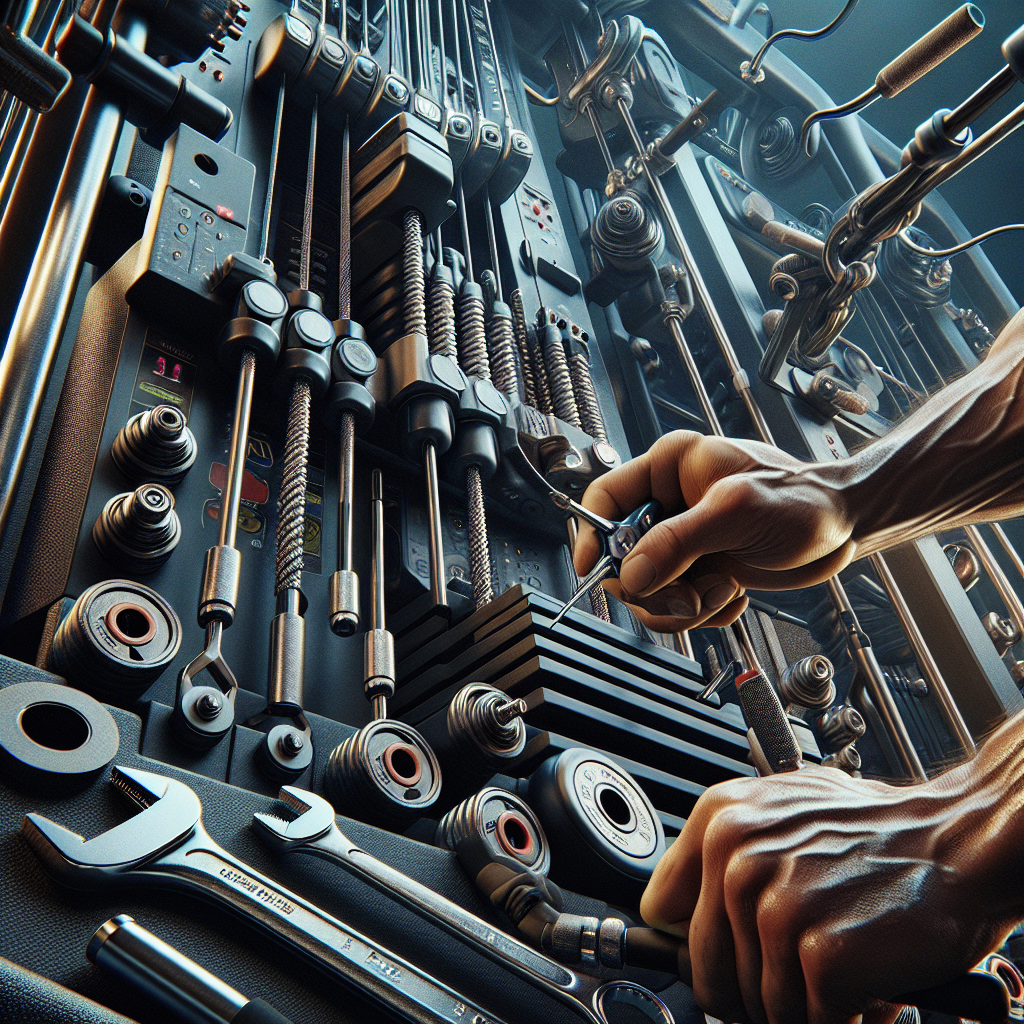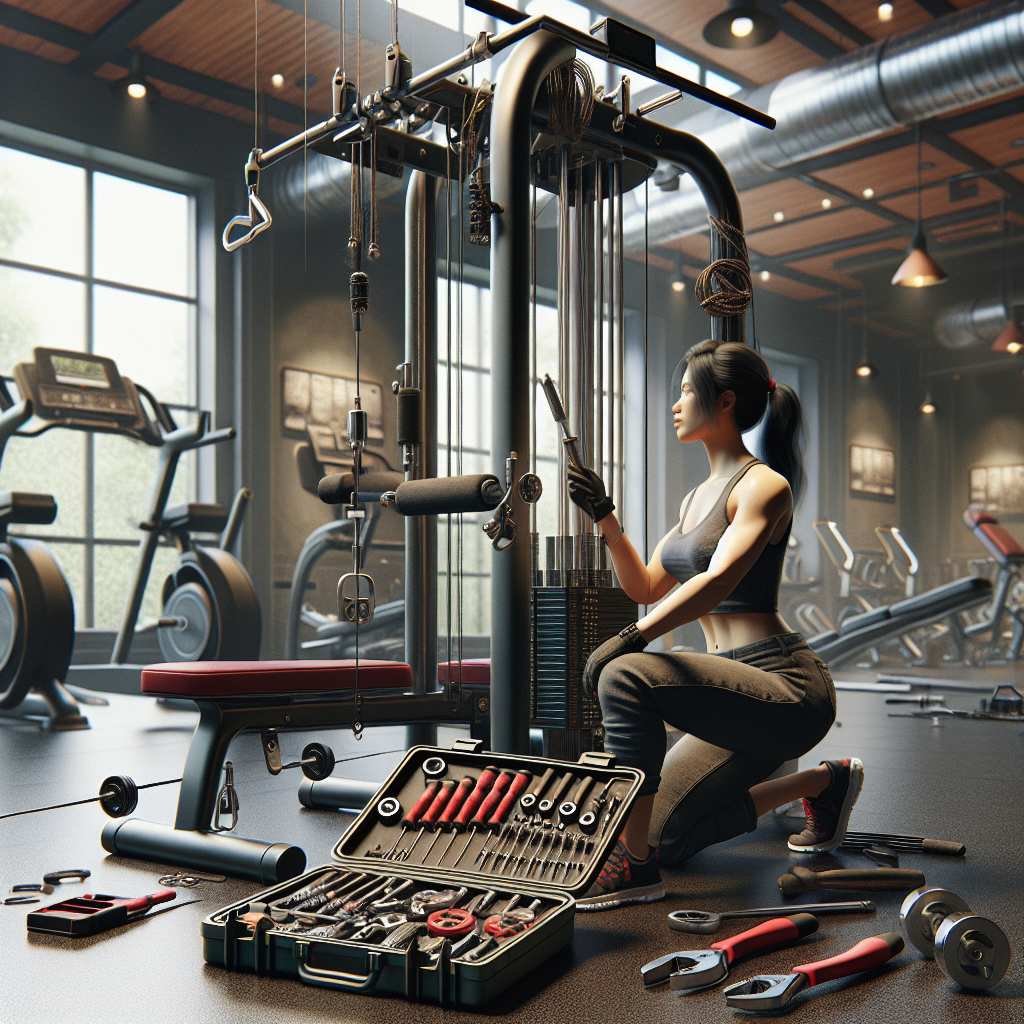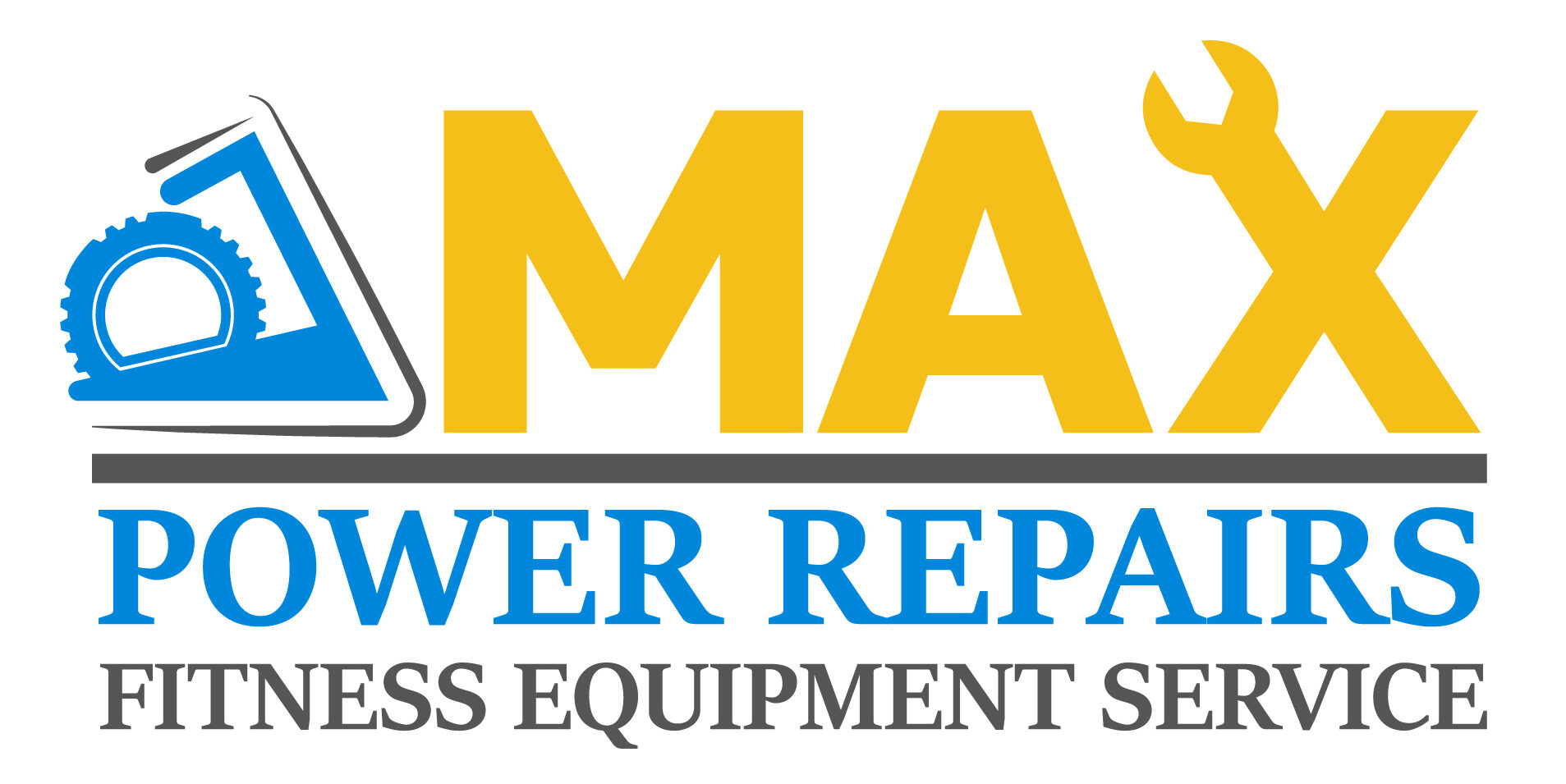Maintaining the **longevity** and *optimal performance* of your gym equipment is essential for any fitness facility. Gym cable and multistation machines are the backbone of many exercise routines, offering versatility and a wide range of exercises. However, like any complex machinery, they require regular maintenance and occasional repairs to function effectively.
Understanding the basics of gym cable and multistation repair can save you from unexpected downtimes and costly replacements. Whether you manage a condominium gym, a health club, or a university fitness center, knowing how to troubleshoot common issues and when to call in professionals is crucial.
Our team at MaxPowerRepairs.com specializes in the maintenance, repair, installation, and conditioning of commercial gym equipment. If you are in need of expert advice or professional services, don’t hesitate to contact us or visit our website.
Common Issues with Gym Cables and Multistations

Gym cables and multistation machines are subject to wear and tear due to their frequent use. Here are some of the most common issues you might encounter:
- Cable Fraying: Over time, the cables can start to fray, leading to a potential breakage. This usually occurs due to constant friction and lack of lubrication.
- Misalignment: The pulleys and other components can become misaligned, causing uneven tension and affecting the machine’s functionality.
- Worn Pulleys: Pulleys can wear out, leading to rough operation and increased strain on the cables. This can also cause the cables to fray more quickly.
- Loose Bolts and Screws: Constant use can loosen the bolts and screws, making the equipment unstable and potentially dangerous.
- Rust and Corrosion: Exposure to moisture can cause rust and corrosion, particularly on metal components, compromising the machine’s integrity.
Identifying these issues early can prevent more significant problems and ensure your gym equipment remains safe and efficient.
Essential Tools for Repair and Maintenance

Having the right tools is crucial for effective gym cable and multistation repair and maintenance. Here are some essential tools that every facility should have:
- Allen Wrenches: These are indispensable for adjusting and tightening bolts and screws found in various parts of gym equipment.
- Lubricants: High-quality lubricants reduce friction on moving parts, preventing wear and tear. Silicone-based lubricants are often preferred for gym equipment.
- Multi-Meter: This electrical testing device helps in diagnosing issues with electronic components, ensuring they are functioning correctly.
- Cable Cutters: These are specifically designed to cut through thick gym cables cleanly, making replacements easier and safer.
- Pulley Alignment Tool: Ensuring pulleys are aligned correctly is crucial for the smooth operation of the equipment. This tool helps in achieving precise alignment.
- Adjustable Wrenches: These versatile tools are useful for a wide range of tasks, from loosening tight bolts to adjusting machine parts.
- Screwdrivers: A set of both flathead and Phillips screwdrivers is essential for dealing with various types of screws found in gym equipment.
Equipping your maintenance team with these tools ensures that your gym equipment will be properly maintained and any issues can be quickly addressed, minimizing downtime and extending the life of your machines.
Step-by-Step Gym Cable Repair Guide

Repairing gym cables may seem daunting, but with a systematic approach, it can be straightforward. Here is a step-by-step guide to help you through the process:
- Identify the Problem: Begin by thoroughly inspecting the cable for signs of wear, fraying, or breakage. Check for any unusual resistance or noise during operation.
- Gather Tools and Parts: Ensure you have the necessary tools, such as cable cutters, replacement cables, and a pulley alignment tool. Having everything ready before you start can save time.
- Disconnect the Machine: For safety, disconnect the equipment from its power source and ensure it is stable. This prevents any accidental movements during the repair.
- Remove the Damaged Cable: Using your tools, carefully remove the damaged cable from the machine. Take note of the routing and attachment points to ensure correct reinstallation.
- Install the New Cable: Attach the new cable to the machine, following the same path as the old one. Make sure it is securely fastened at all connection points.
- Test for Proper Functionality: Reconnect the power and test the equipment to ensure the new cable operates smoothly. Check for any unusual noises or resistance.
- Perform Final Adjustments: Adjust the tension and alignment as necessary to ensure optimal performance.
- Document the Repair: Keep a record of the repair for future reference, noting the date, parts used, and any observations made during the process.
By following these steps, you can effectively repair gym cables and ensure that your equipment remains in top condition. Regular maintenance and timely repairs are key to extending the life of your gym machines and providing a safe workout environment.
Multistation Maintenance Best Practices

Maintaining multistation gym equipment is crucial for ensuring longevity and optimal performance. Here are some best practices to keep your multistation machines in top shape:
- Regular Cleaning: Dust and sweat can accumulate on equipment, leading to premature wear and tear. Wipe down all surfaces and components regularly with a non-abrasive cleaner.
- Inspect Moving Parts: Periodically check pulleys, cables, and other moving parts for signs of wear or damage. Replace any worn-out components immediately to prevent further issues.
- Lubricate Bearings and Joints: Proper lubrication reduces friction and wear on moving parts. Use a suitable lubricant on bearings, joints, and other pivot points as recommended by the manufacturer.
- Tighten Bolts and Screws: Vibrations from regular use can cause bolts and screws to loosen over time. Check and tighten all fasteners periodically to ensure the equipment remains stable.
- Check Cable Tension: Cables should have the correct tension to function properly. Inspect and adjust the tension as needed to maintain smooth operation.
- Inspect Upholstery: Tears or wear in the padding can lead to discomfort and further damage. Repair or replace any damaged upholstery to maintain user comfort and safety.
- Test Safety Mechanisms: Ensure that all safety features, such as locking mechanisms and emergency stops, are functioning correctly. Regular testing can prevent accidents and injuries.
- Maintain a Log: Keep a detailed maintenance log to track inspections, repairs, and replacements. This helps in scheduling regular maintenance and identifying recurring issues.
Implementing these best practices will help you keep your multistation gym equipment in excellent condition, providing a safe and effective workout experience for users. Regular maintenance not only extends the life of your machines but also minimizes downtime and repair costs.
When to Call Professional Repair Services
While regular maintenance can address many issues, there are times when calling professional repair services is essential to ensure the safety and functionality of your gym equipment. Here are some scenarios where you should consider reaching out to experts:
- Complex Repairs: If the issue involves intricate parts like the internal mechanisms of a multistation machine or electronic components, it’s best to leave it to the professionals. Attempting to fix these without the right knowledge can lead to further damage.
- Recurring Problems: If the same issue keeps reappearing despite your best efforts, it may indicate a deeper problem that requires professional diagnosis and repair.
- Warranty Considerations: For equipment still under warranty, unauthorized repairs can void the coverage. Professional repair services often have the certification needed to perform warranty-covered repairs.
- Safety Concerns: Any issue that compromises the safety of the equipment, such as malfunctioning safety locks or unstable structures, should be addressed by a professional immediately.
- Specialized Equipment: Some gym equipment, especially commercial-grade machines, require specialized tools and expertise for repairs. Professionals have the necessary equipment and experience to handle these effectively.
- Time Constraints: Running a gym or managing a facility can be time-consuming. Professional repair services can quickly and efficiently handle repairs, minimizing downtime and allowing you to focus on other important tasks.
Knowing when to call in professional repair services can save you time, money, and ensure the safety of your equipment and users. At MaxPowerRepairs.com, we offer expert repair services for all types of gym equipment. Contact Us at: info@MaxPowerRepairs.com to schedule your repair or maintenance service today.
